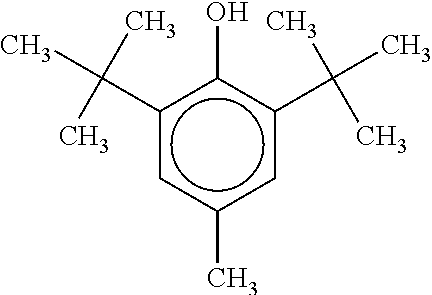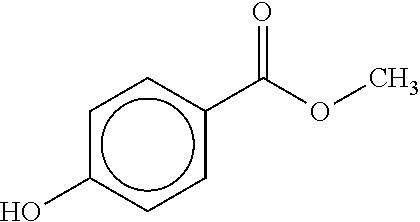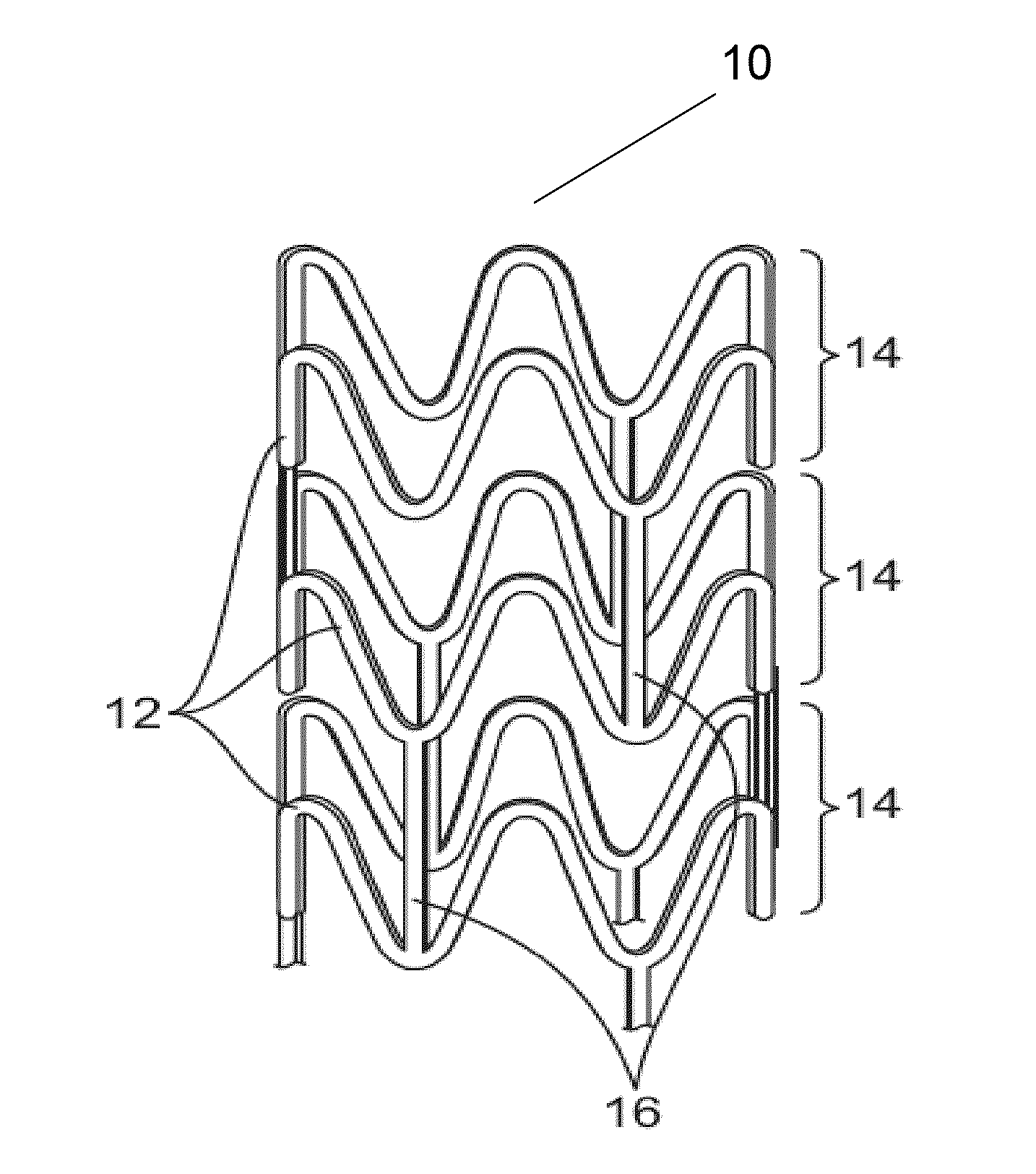Short pulse laser machining of polymers enhanced with light absorbers for fabricating medical devices
a technology of light absorption and laser machining, which is applied in the direction of manufacturing tools, prostheses, other domestic articles, etc., can solve the problems of affecting the change in properties in this region is adverse to the proper functioning of the device being manufactured, and the cutting process can be slower than desired, so as to increase the ablation of the polymer, and increase the ablation rate
- Summary
- Abstract
- Description
- Claims
- Application Information
AI Technical Summary
Benefits of technology
Problems solved by technology
Method used
Image
Examples
Embodiment Construction
[0021]Embodiments of the present invention relate to methods of laser machining of polymer constructs to manufacture thick-walled scaffolds such as those for use in peripheral vessels. More specifically, these embodiments relate to increasing the speed of the laser machining of tubing in the fabrications of thick-walled scaffolds. The increase is accomplished by including absorbers in the construct material that increase laser energy absorption in the tubing material without adversely affecting the mechanical, biocompatibility, or absorption properties of the polymer material of the scaffold. The increase in laser energy absorption can be achieved without modifying any laser parameter or any combination of laser parameters such as pulse duration or width, wavelength, or pulse energy.
[0022]In general, stents can have virtually any structural pattern that is compatible with a bodily lumen in which it is implanted. Typically, a stent is composed a scaffold including a pattern or networ...
PUM
| Property | Measurement | Unit |
|---|---|---|
| thickness | aaaaa | aaaaa |
| thickness | aaaaa | aaaaa |
| pulse width | aaaaa | aaaaa |
Abstract
Description
Claims
Application Information
 Login to View More
Login to View More - R&D
- Intellectual Property
- Life Sciences
- Materials
- Tech Scout
- Unparalleled Data Quality
- Higher Quality Content
- 60% Fewer Hallucinations
Browse by: Latest US Patents, China's latest patents, Technical Efficacy Thesaurus, Application Domain, Technology Topic, Popular Technical Reports.
© 2025 PatSnap. All rights reserved.Legal|Privacy policy|Modern Slavery Act Transparency Statement|Sitemap|About US| Contact US: help@patsnap.com



